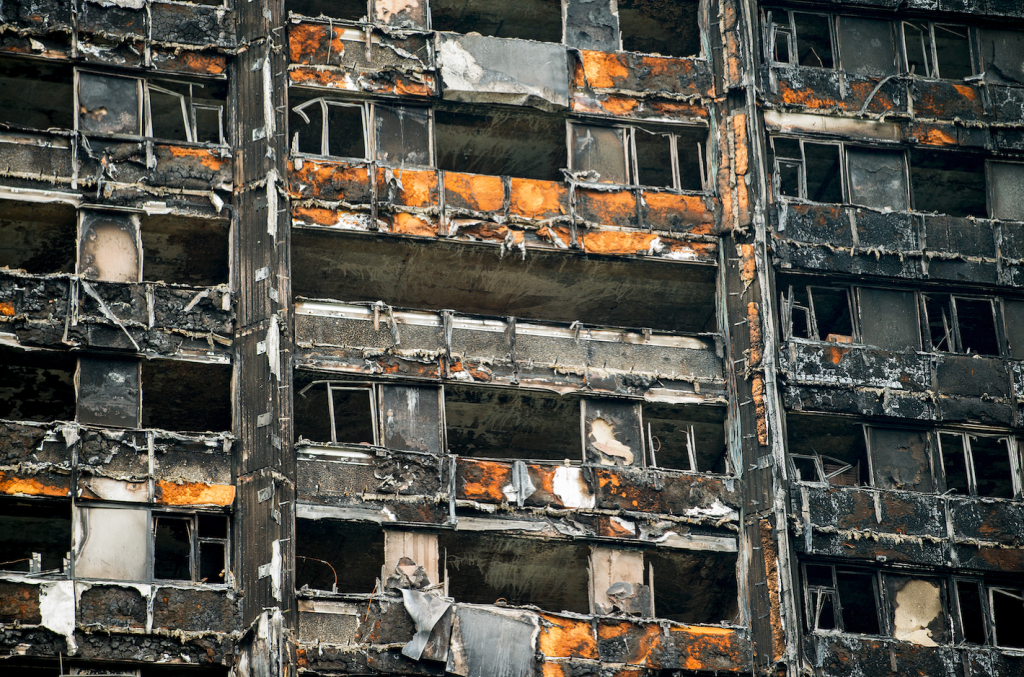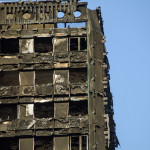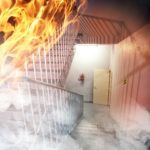Sector - Health & Safety
What the Hackitt report means for contractors

June marked the one-year anniversary of the great tragedy at Grenfell Tower in North Kensington, London and it rightly remains the talk of the construction industry.
Following the Grenfell Tower fire, the government commissioned an independent review of building regulations and fire safety which sought to make recommendations on a future regulatory system. This independent review of Building Regulations and Fire safety; which has been piloted by the former chair of UK’s Health and Safety Executive (HSE) Dame Judith Hackitt, is of course central to these discussions. In December 2017, Dame Hackitt produced her report on how the regulatory system covering high rise and complex buildings was not fit for purpose. Since then she has considered further evidence which demonstrates further – deeply concerning – flaws in the current system. These flaws have been highlighted in her more recent report; ‘Building a Safer Future – Independent Review of Building Regulations and Fire Safety: Final Report, May 2018.’
In this article, we speak with Arianne King, managing partner, Al Bawardi Critchlow, about what the report means for contractors.
The May report should be an eye-opener to those involved in the planning and construction of buildings and contains several recommendations that will impact the way buildings are designed, built, managed and regulated:
Clearer responsibilities
The report advocates that there should “be a clear model of risk ownership,” with clear responsibilities for the client, designer, contractor and owner to demonstrate the delivery and maintenance of safe buildings.
Ideally, there should be one allocated person who is accountable for safety measures and precautions and a point of contact for the residents of the building. This would prevent contractors from being able to place blame on other contractors or subcontractors.
There can be no more passing the buck.
Improved relations with the residents
Hackitt expressed how important it is that residents feel that their voices are being heard. Not only must any new regulatory framework clarify the roles and responsibilities of the various contractors involved in servicing the building, this information must be adequately communicated to the residents.
Residents should further be given a clear, quick and effective statutory route for raising concerns on fire safety.
Stricter penalties
The report also states that the new regulatory framework should be ‘simpler and more effective,’ leaving no room for error. In particular, she proposes stricter penalties for those who fail to comply with the standards which fall within the framework.
Such penalties would replicate the full range of penalties assigned in the Health and Safety at Work Act.
Better documentation
Hackitt discusses the importance of documentary evidence, which must be produced throughout the life-cycle of a building, to provide both assurance and evidence the building has been built safely and is fit for purpose.
It is crucial that contractors do not throw away any paperwork relating to the building project. The culture of mismanaging paperwork will need to come to an end.
More rigorous testing
Hackitt found the current process for testing and ‘certifying’ products to be overly complex, calling for an overhaul of the way products are classified and tested, in order to make the process transparent and efficient.
Interestingly, she did not object to the future use of combustible cladding on high-rise buildings, such as that installed at Grenfell. Nevertheless, when choosing materials for buildings, contractors should make their own carefully considered and informed decisions on whether certain materials are worth the risk.
New authorities to answer to
Dame Hackitt also proposes a Joint Competent Authority (comprising Local Authority Building Standards, fire and rescue authorities and the Health and Safety Executive) to oversee better management of safety risks in high-risk residential buildings. Her recommendation appears to be aimed at buildings above ten storeys, however, there is no reason why duty holders of buildings below this height should not adopt the same guidelines and regulatory framework.
The Hackitt Report notes that the new regulatory framework, “must have real teeth, so that it can drive the right behaviours.” Dame Hackitt has expressly stated that penalties could include unlimited fines and even imprisonment. Consequently, the Hackitt Report heralds a radical change in accountability for and enforcement of building regulations and fire safety. Contractors must be prepared to adhere to a higher standard of planning and construction, and to be subject to far stricter enforcement of building regulations and penalties.
If you would like to read more articles like this then please click here.
Related Articles
More Health & Safety News
- Construction workers face the highest risk of fatality
13 Aug 25
Construction workers face the highest risk of fatality, with one in two Brits saying HSE
- A new chapter for the Building Safety Regulator
12 Aug 25
A package of potentially significant reforms to the makeup of the Building Safety Regulator have
- Seddon collaborates with ‘Mates in Mind’ to better support sub-contractors
2 May 25
Seddon Housing Partnerships and UK mental health charity Mates in Mind are collaborating to improve





